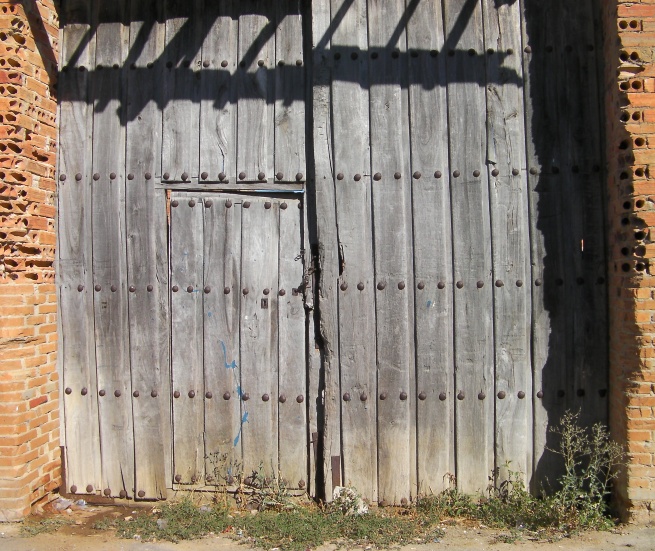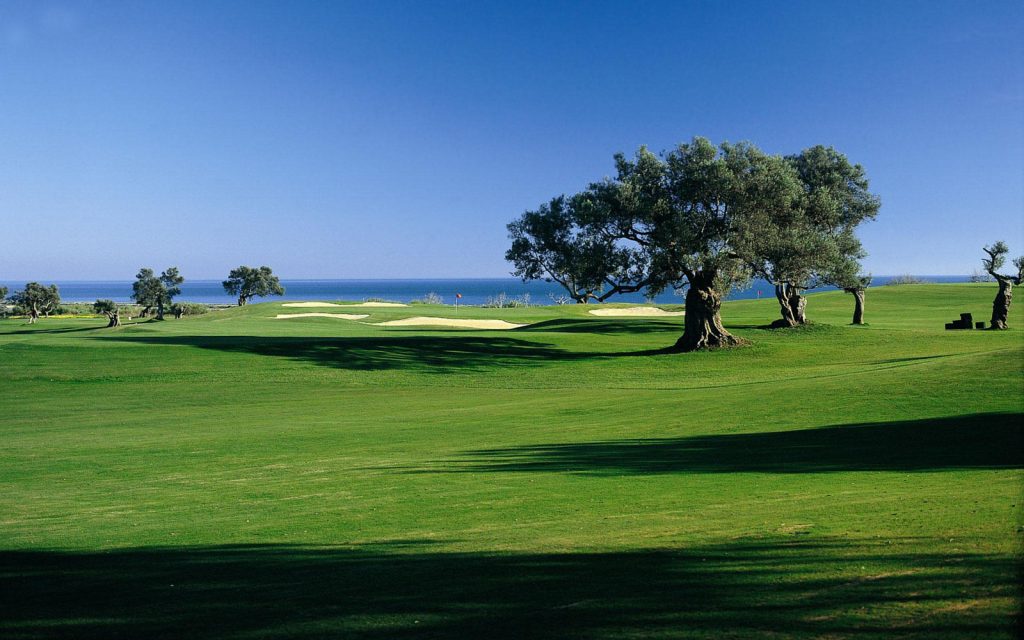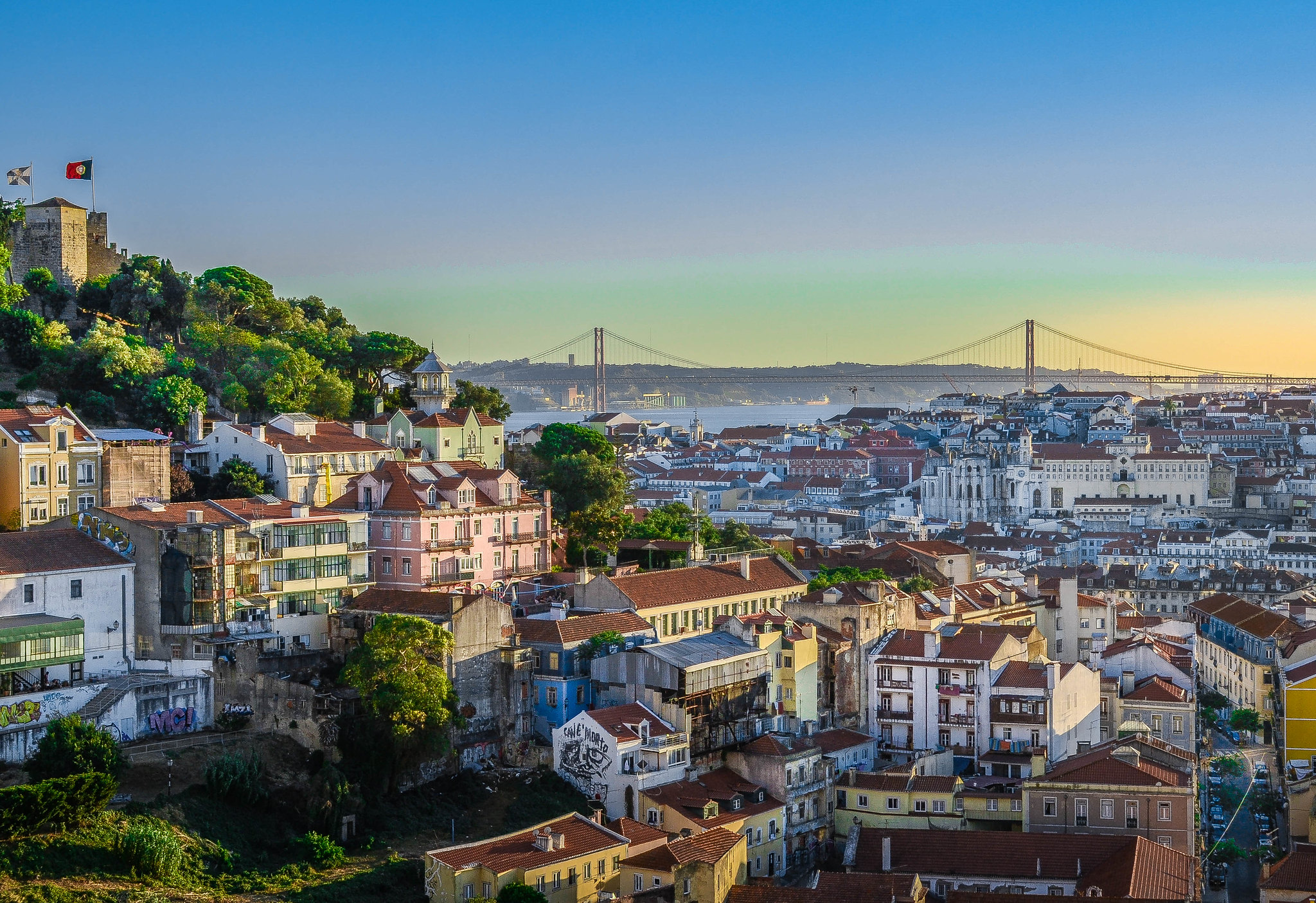La Matanza: The Very Real Story Behind Jamon Iberico

 WARNING: This post is extremely graphic; however, it does depict the very real act of killing an Iberian pig. If you are someone who is an animal lover, or gets squeemish at the site of bodily fluids, we might suggest you skip this article and await happier articles of drinking wine by the sea.
WARNING: This post is extremely graphic; however, it does depict the very real act of killing an Iberian pig. If you are someone who is an animal lover, or gets squeemish at the site of bodily fluids, we might suggest you skip this article and await happier articles of drinking wine by the sea.
Preface:
Every year, in the cold winters of rural Spain, families come together for the matanza (lit. the killing). There is a very communal atmosphere around the tiny villages during this time, all the while pigs are being slaughtered, cut up and made into Jamon, Chorizo or Salchichon and left to dry in neighbours’ attics. Having never watched a large animal die, let alone be a party to it, I felt it would be disingenuous not to take part. Therefore I do, and in an overall sense, it’s quite a happy time of year: except, of course, for the pig. But I feel in some way that by eating its meat I share a responsibility for its death. This might sound all very Hugh Fearnley-Whittingstall and it is.
Alvaro (all names have been changed) killed nearly 20 pigs in total one year, mostly by order because people in cities find that kind of thing difficult. Life and morals are complex issues and I can understand people not wanting to see or read about this kind of thing but I also believe it to be – in some way – cowardice. I do not vaunt my participation in the matanza just as much as I cannot say I don’t enjoy certain parts of it (it’s certainly more fun to cut a sirloin off the bone than to hold onto an animal while it’s dying). This is offered as a sketch – a record – hopefully without bias. Committed vegetarians should be as much vindicated by its contents as rabid carnivores.
Part 1: Killing a pig
The side entrance to the tractor yard is an ill-fitting door I have to smack with my shoulder to open. The door swings into a long, dark workshop filled with mechanical paraphanalia that smells of rust, engine oil and wet dogs. I am slightly hungover and slightly late. Most of the men are already there, moving around busily between the workshop and the yard beyond it. They hail me with friendly ‘holas’ and smiles. They are all wearing the agricultural uniform of Spain: blue overalls and stout shoes.
The yard itself is about the size of a tennis court – a grey concrete square, the same colour as the grey, cold, December sky above us. In one corner a collection of dogs move around in a pile of hay. In the opposite corner is an old bathtub filled to the brim with stagnant water. Next to it a rusted metal bedframe is propped up against the whitewashed wall. In the middle of the yard stands a tractor, massive in these surroundings.
Juan, a short, rotund Spaniard with a square face and a permanent smile is testing a propane flame gun with Alvaro, a small, brown, hairy, wiry man in his early fourties. Using Alvaro’ lighter they produce a flame a foot long. They laugh as they light their cigarettes from it. The flame is extinguished. They chat away while they produce more objects from bags kept aside for this time of year: the first implements look like shoe brushes but are in fact crown caps from beer bottles hammered into one side of a small block of wood, these serrated circles project outwards from the block like a bizarre hair brush. Juan produces several sickle-shaped bits of dark brown metal the size of a shoe, ‘para afeitar’ he says, smiling broadly as he lays them out. For shaving. I test the edges but none of them are sharp.
 Alvaro is handling the knife, scratching his fingertips across the blade. This, on the other hand, is wickedly sharp and wickedly long. He waves the knife in my direction and asks if I would like to do the honours. I shake my head. Alvaro laughs.
Alvaro is handling the knife, scratching his fingertips across the blade. This, on the other hand, is wickedly sharp and wickedly long. He waves the knife in my direction and asks if I would like to do the honours. I shake my head. Alvaro laughs.
Although I have a hangover and am in no mood to be stabbing anything except my own head, my main thought is for the pig: I doubt I’ll be able to do a clean job and I don’t want to cause it more pain than is necessary. I don’t try to explain this.
Luckily I am not the latest to turn up – Luis arrives just as Juan and his father Jose – a small, stubbly old man in a flat cap – go to bring out the pig. Luis is also feeling a bit queasy after last night’s fiesta but he sparks up a Chesterfield and chats as if we were in a bar. We all move to the opposite side of the yard where a large steel door opens into a penned area which stinks of chickens. The guys have rigged up a pig run with low, green plastic sheeting and we stand at our posts ostensibly to stop the pig from taking out the hen coop or running amock in the shed. But, to be honest, we are merely decorative. If a sow that comes up to your waist wants to get past you in a hurry, she might as well go through you. It would make no difference.
Happily for us, battery-reared pigs aren’t the most independently minded creatures and she is out of the building and into the yard with the minimum of fuss. She stands there, moving little, while the dogs eye her from afar. You can just see the heat of her breath in the air.
Now the nasty business starts. Juan grabs two nooses from the workshop. These are heavy metal tubes about a metre long with a T handle and triggers at one end and a loop of heavy-gauge wire rope at the other. When you grasp the handle and triggers the noose tightens. First, with some grunting on the part of the humans, the noose is worked into the top half of the pig’s mouth, tightening around the upper teeeth and the snout. This gives the man at the noose less chance of it slipping off as it might do were it around the whole snout. Juan then hands it to me. I am now physically complicit in the death of this animal. Juan and Alvaro work a length of rusty metal chain around the sow’s rear legs.
While Alvaro tests that the chains wont slip off the legs, Juan starts up the tractor. The pig, understandably, starts to get a little restless as it feels the chains around its legs and the wire rope in its mouth. My arm muscles tense hard to hold the snout (and thus the pig) in place. Luis is standing with Alvaro at the other end of the beast, giving Juan directions to bring the tractor over. The pig slips one rear leg out of the chain but this doesn’t delay the inevitable. Alvaro will merely use the free loop to hitch the remaining leg to the tractor.
As with most tractor buckets, this one has teeth along its bottom edge. Alvaro hooks the chain around one of the these and indicates Juan to point the bucket skywards and bring it up higher and higher. The pig’s back legs are pulled upwards. For me, the hardest thing of the ‘matanza’ (the killling) is not the actual killing of the pig – traumatic as that might be – it is watching an animal being deprived of its dignity. It is a stupid thing to say – of course through some kind of anthropromorphism I alone am projecting the notion of dignity onto a pig – but as the pig is forced to walk comically backwards on its two forelegs and its rear is lifted higher into the cold air, I can’t help feeling sorry for it. But I can’t go anywhere as (logically) I want to eat its meat and (more physically) I am holding onto it, so I walk with it.
As things go, this has been relatively quiet and easy. A year before, I watched an Iberian pig (a lovely, long-haired, free range, brown breed) being slaughtered in less docile circumstances on a Dehesa (a rural estate). It took a lot of struggling and noise to even get the pig out of the run and strung up. The homemade nooses of twine and the heavy struggle meant the pig was dribbling saliva and blood and kicking as best it could. And all the while, from the pen, to the tractor, to it’s final moments, it screamed as only a pig can – from the depths of its bowels, a wheezy, guttural whine increasing in frequency until it was a demonic screech, piercing our ears again, again and again.
Perhaps the domesticated, intensively farmed animal is a more docile breed.
The pig is now vertical, its snout hanging about 30cm from the concrete and the drain in the middle of the yard. It is silent.
Whether through fear or just a simple bodily mechanism due to it’s unnatural position, the huge animal shits itself. Grey lumps of excrement roll off its backside and land on the concrete below. Alvaro positions a wide black plastic bucket under the animal, slightly forward of its chest, by the grating of the drain. He holds the knife. I am still holding onto the noose. Luis is holding onto one of the forelegs opposite me to prevent the pig from spinning. He tells me to beware of the kick when the knife goes in. My grip tightens but I am not feeling worried or guilty or brutal. I have got over that already. The pig is to die. No matter how much I dislike the manner of its death, I am party to it and there is no going back. Although I am feeling her every movement through the noose, in my mind the sow has become simply an object.
Alvaro is deep in thought, stroking his jaw. He looks nervous and worried, but I assume I am misinterpreting his expressions. He has done this more times than I’ve eaten sliced chorizo.
Then, in one sure movement, the blade buries into the pig’s chest and perforates the heart. A heavy squirt of blood splashes Alvaro’s overall sleeves before the knife is pulled out. The pig’s free rear leg kicks hard and it struggles for all its worth. Luis and I hold on tight. Its squeals rent the echoey air of the yard and its blood gushes and splashes into the frothing bucket. It feels like only seconds before its over. The squeals die down and all becomes quiet save the sound of blood dribbling into a foamy red contents of the black vessel.
The world comes slowly back into focus as I slip the noose from the motionless animal. This close up, you can see the sharp set of teeth and the ridges on its palate. Its free rear leg kicks and for the next few minutes, even as the pig is lowered onto the now horizontal bedframe, its rear leg will continue to kick unnervingly – literally spasmodically.
The hulky, flabby mass on the rusty bedframe now gets ‘shaved’. The propane gun is ignited and while Juan runs the flame up and down the skin, we scrape the singed hair off the pig with the bits of curved, brown metal. The yard stinks of burned hair. There is no squeamishness. The flame blisters, wrinkles and explodes parts of the skin were it lingers too long. Some areas are harder to ‘shave’ than others (tail, ears, armpits, legs) but even in this primeval state, I’m half-curious, half-appalled as I run the metal over its browned nipples.
The skin is then scrubbed by the bottle-top brushes which score and scratch along the back, the sides, over the legs, behind the ears, in the ears, under the chin. The flame gun is held over the pigs’ trotters so that the two blackened outer hooves on each foot can be twisted off, leaving clean, pearly white points. It is now it is ready to be cut up.
Flickr Photo Credits: Oliver Styles, Larrazun, Von Aisaider







